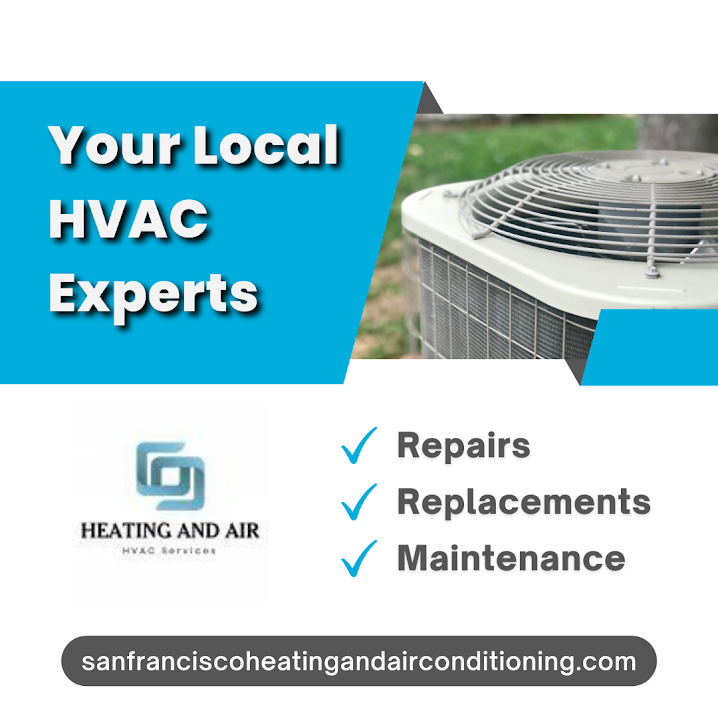
As the HVAC (Heating, Ventilation, and Air Conditioning) industry continues its journey towards sustainability and energy efficiency, high-efficiency inducer motors have emerged as a significant technological advancement. These motors exemplify the industry’s commitment to reducing energy consumption, minimizing emissions, and providing superior performance. In this article, we delve into the world of high-efficiency inducer motors, uncovering their design, functionalities, benefits, and the transformative role they play in elevating efficiency and sustainability within HVAC systems.
Understanding High-Efficiency Inducer Motors
High-efficiency inducer motors are specifically engineered to maximize energy utilization while minimizing waste. These motors are designed to operate at optimal levels, contributing to the overall energy efficiency and sustainability of HVAC systems. They are often found in modern gas-fired furnaces, aligning with the industry’s green initiatives.
Key Features and Functionality
- Enhanced Energy Utilization: High-efficiency inducer motors are designed to use energy more efficiently, resulting in lower energy consumption and reduced utility bills.
- Variable-Speed Operation: Many high-efficiency motors offer variable-speed capabilities, adjusting their speed based on demand for optimized combustion and ventilation.
- Quiet Operation: The controlled speed and advanced design of high-efficiency motors contribute to quieter operation, enhancing overall indoor comfort.
- Reduced Emissions: High-efficiency inducer motors facilitate efficient combustion, leading to lower emissions and reduced impact on the environment.
- Integrated Controls: These motors can be seamlessly integrated with advanced control systems, allowing for real-time adjustments to airflow, combustion, and fan speed.
Benefits of High-Efficiency Inducer Motors
- Energy Savings: High-efficiency inducer motors lead the way in energy conservation by using energy more efficiently, ultimately resulting in lower energy consumption and utility costs.
- Reduced Environmental Impact: The efficient combustion and reduced emissions achieved with these motors contribute to a smaller carbon footprint and environmental sustainability.
- Quiet Comfort: The quiet operation of high-efficiency inducer motors enhances the tranquility of indoor spaces, promoting a serene living environment.
- Enhanced Performance: By optimizing combustion and ventilation processes, high-efficiency inducer motors ensure reliable and consistent system performance.
- Longevity and Reliability: The controlled operation of these motors reduces stress on components, leading to enhanced system longevity and fewer maintenance requirements.
Conclusion
High-efficiency inducer motors stand as beacons of efficiency and sustainability within the HVAC industry. Their ability to optimize energy consumption, reduce emissions, and enhance overall system performance showcases their transformative potential. As HVAC systems evolve to meet higher efficiency standards, high-efficiency inducer motors underscore the industry’s commitment to providing advanced solutions that prioritize both occupant comfort and environmental responsibility. Understanding the functionalities and benefits of high-efficiency inducer motors empowers homeowners and HVAC professionals to make informed decisions that contribute to energy-efficient, sustainable, and comfortable indoor environments. Regular maintenance and professional oversight of high-efficiency inducer motors ensure they continue to operate optimally, contributing to efficient, quiet, and environmentally conscious heating and cooling experiences for years to come.


Recent Comments